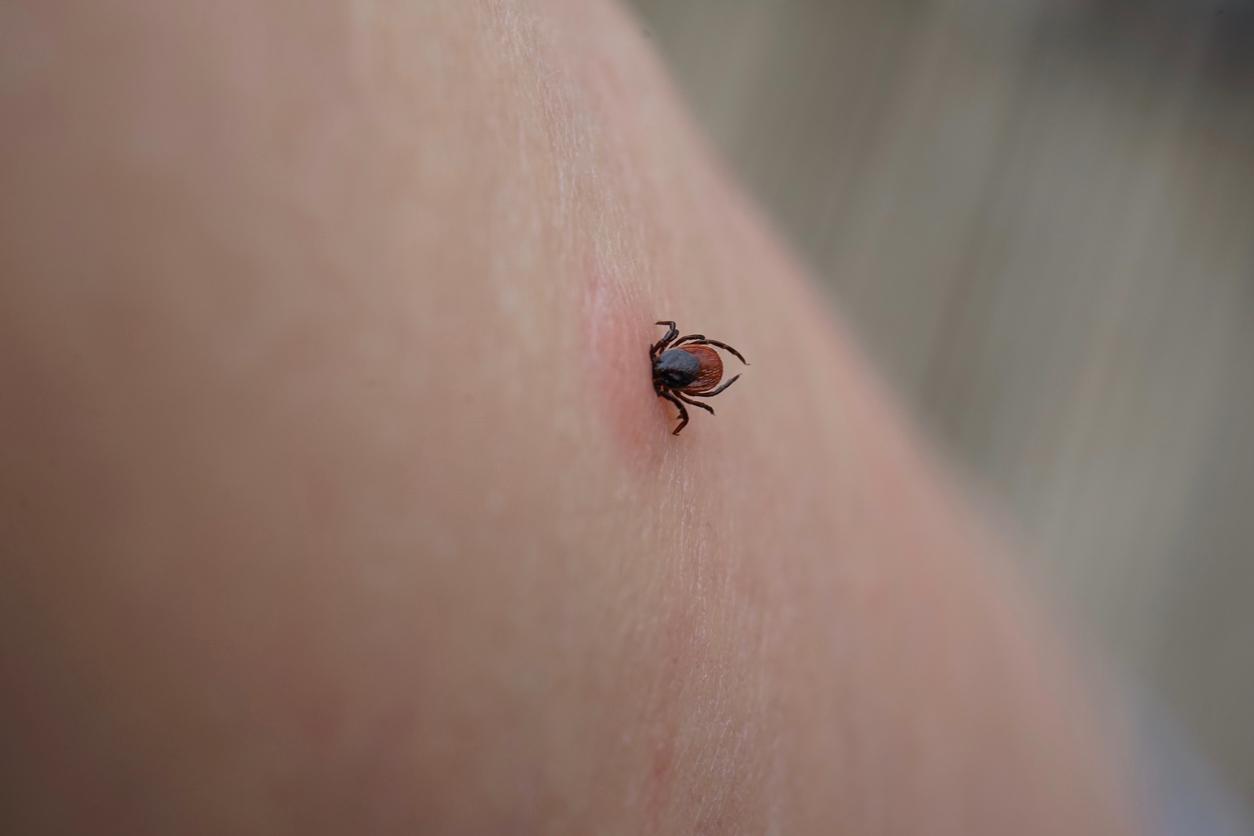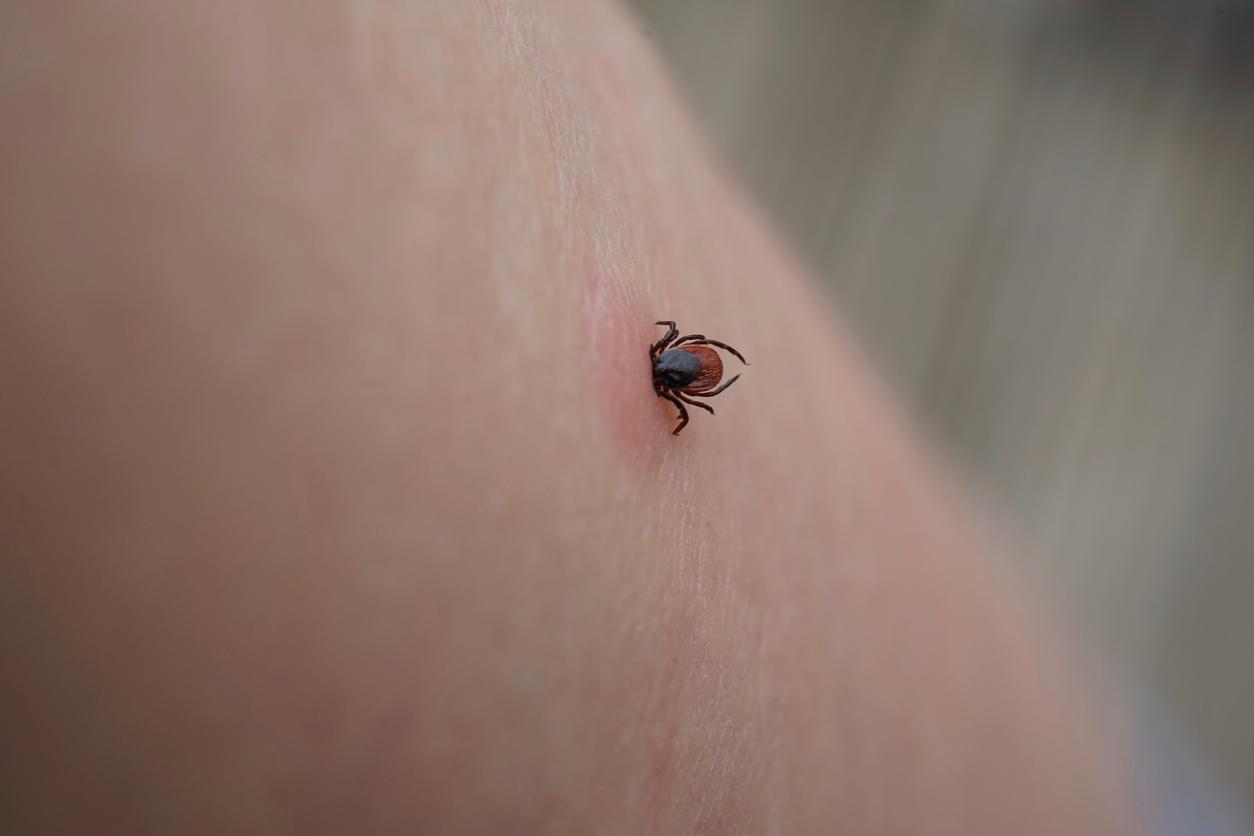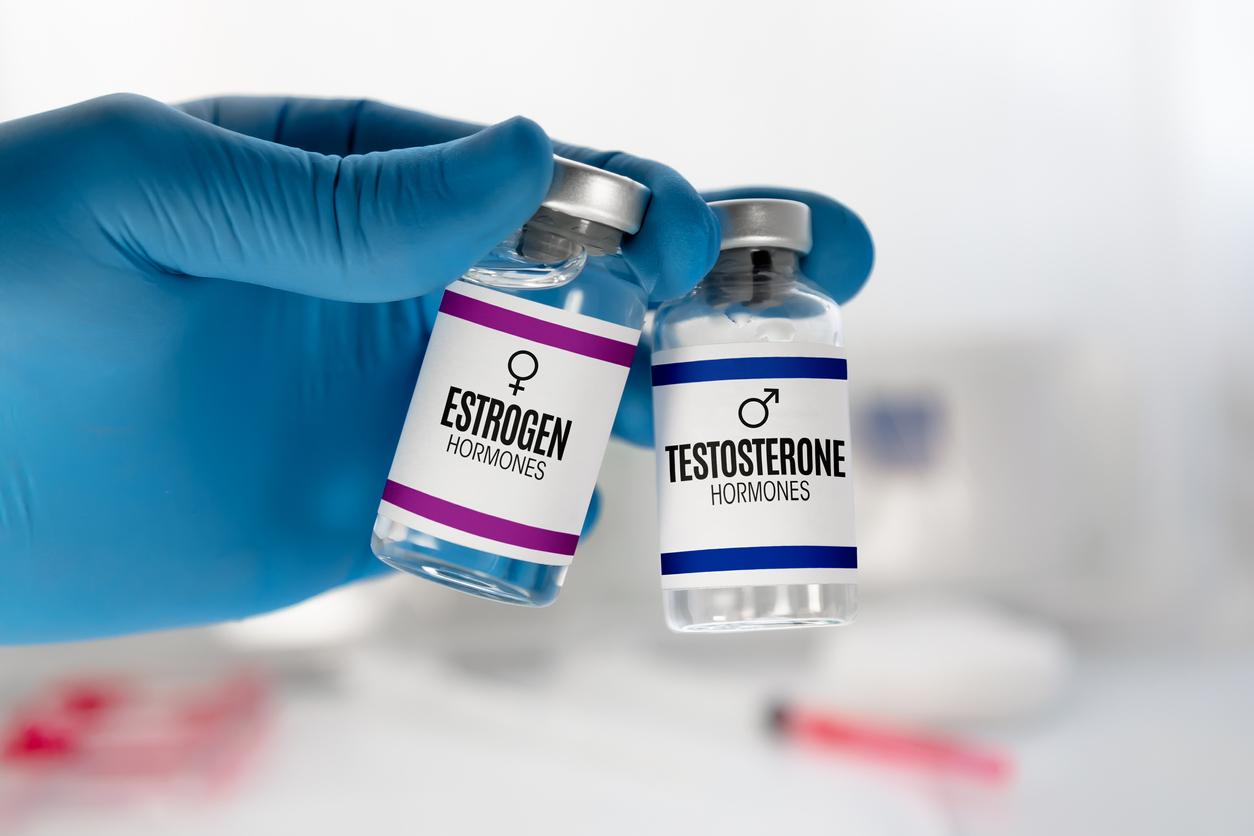Scientists believe they have lifted the veil a little more on the mechanisms linked to Lyme disease. In particular, on the reasons why arthritis, a consequence of infection after tick bite, sometimes seems to resist antibiotic treatment.

Each year in France, an average of 27,000 people are affected by Lyme disease. In the United States, they are 300,000. In a small percentage of patients, symptoms secondary to infection, such as arthritis, resist treatment. Even with antibiotics.
Scientists at the University of Utah, in the United States, believe they have discovered the immune mechanism that would explain this persistence of arthritis. The results are published in the Journal of Immunology.
The immune system under strain
Researchers have identified receptors found on T lymphocytes. T lymphocytes are a class of white blood cells that play an important role in the immune system. They protect cells from germs and infections.
Also according to the researchers, these receptors on the surface of T lymphocytes can interact with molecules, present on the surface of Borrelia burgdorferi, the bacteria that causes Lyme disease and that is transmitted to humans by the bite of a tick.
This interaction causes the activation of certain lymphocytes and the production of inflammatory molecules (IL-10) by these activated T lymphocytes. These inflammatory molecules build up around the joints and trigger arthritis.
If arthritis can sometimes be persistent, it is because the interaction between T lymphocytes and molecules present on the surface of the Borrelia burgdorferi may last a long time after antibiotic treatment, even if there are very few proteins in the bacteria.
The way open to new treatments?
Patients diagnosed on time, ie before the disease progresses, receive antibiotic treatment for two to three weeks. In cases of persistent arthritis, antibiotics are not always effective and inflammatory arthritis may persist in the absence of bacteria that will have been eradicated by the antibiotic treatment.
By performing tests on mice, the researchers neutralized the inflammatory molecules that continue to be secreted. Result: arthritis that had formed in the ankle was reduced.
Thus, the results of the study lead to the development of targeted and individualized treatments in persistent arthritis after Lyme disease.

.















